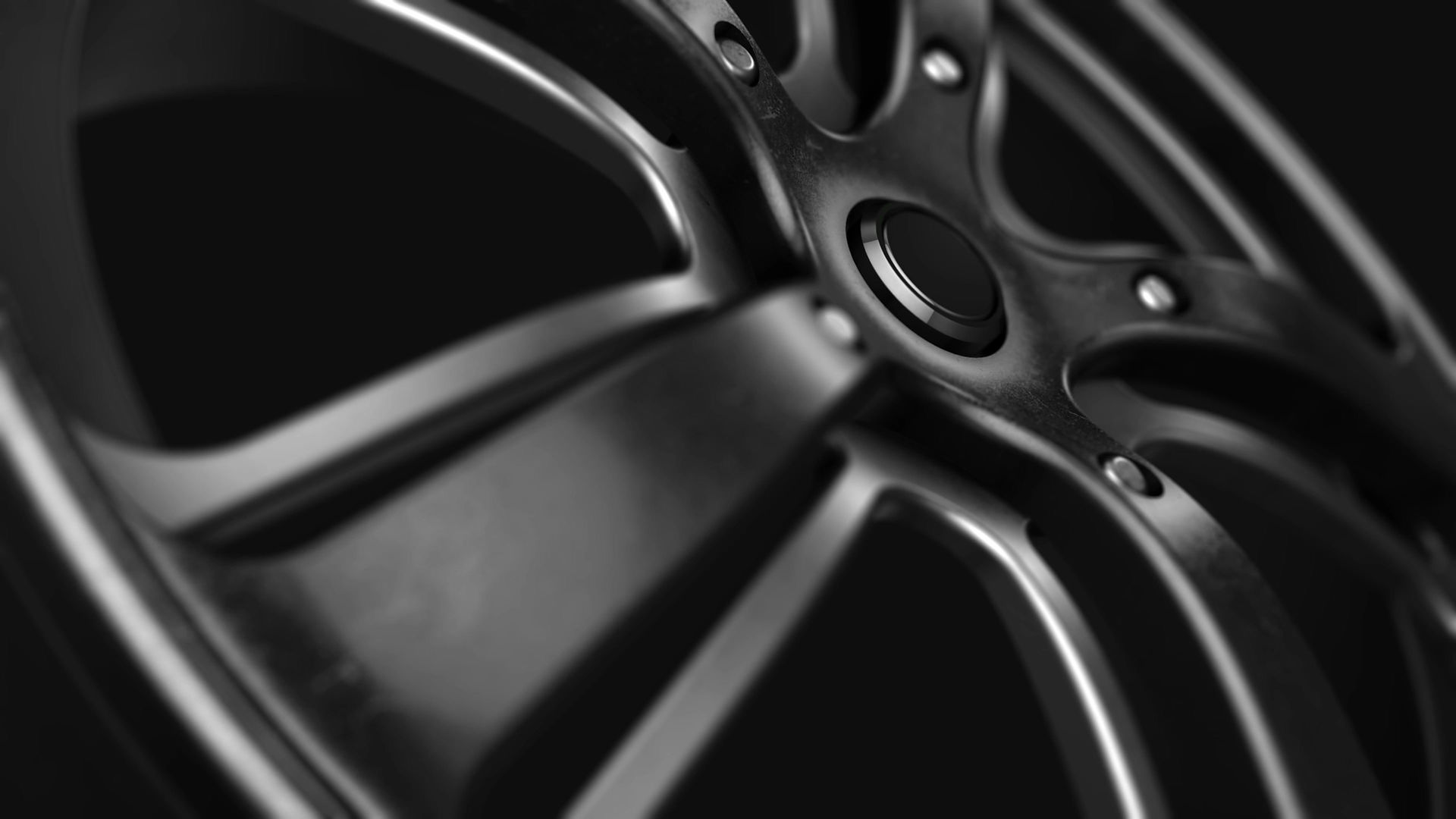
1. Suspended Wheel Alignment System
Technology:
Uses mechanical gauges, sensors, and physical measurements (e.g., turnplates, measuring tapes).
Requires the vehicle to be lifted on a hoist (suspended in the air) for undercarriage access.
Use Cases:
Ideal for heavy-duty vehicles (trucks, buses, lifted cars) or older models.
Focuses on basic alignment angles (camber, caster, toe).
Pros:
Affordable and straightforward for simple adjustments.
Durable in rugged workshop environments.
Cons:
Less precise than 3D systems.
Time-consuming setup and manual calculations.
2. 3D Wheel Alignment System
Technology:
Uses cameras, infrared sensors, and 3D imaging to create a digital model of the wheels.
Operates with the vehicle on the ground (no lifting required).
Software analyzes data in real-time and provides visual guidance.
Use Cases:
Best for modern vehicles, EVs, and cars with advanced driver-assistance systems (ADAS).
Measures complex angles (thrust angle, steering axis inclination) and tire wear patterns.
Pros:
Pinpoint accuracy and faster diagnostics.
User-friendly interface with step-by-step guidance.
Integrates with OEM specifications and ADAS calibration tools.
Cons:
Higher upfront cost.
Requires software updates and technician training.
Key Differences Summary
Feature | Suspended System | 3D System |
Vehicle Position | Lifted on a hoist | On the ground (drive-on platform) |
Technology | Mechanical gauges & manual inputs | 3D imaging, sensors, AI software |
Precision | Moderate (human error possible) | High (computerized accuracy) |
Speed | Slower (manual adjustments) | Faster (automated diagnostics) |
Cost | Lower initial investment | Higher initial and maintenance cost |
Best For | Heavy-duty vehicles, budget shops | Modern cars, high-volume workshops |
When to Use Which?
Choose Suspended:
For older vehicles, off-road modifications, or shops prioritizing cost-efficiency.
Choose 3D:
For precision, ADAS compatibility, or high-end customer service (e.g., dealerships).
Both systems have their place in the automotive industry—suspended systems excel in rugged environments, while 3D systems dominate in speed, accuracy, and future-proofing. 🚗🔧


Commentaires